Weddings are packed with traditions. Although more and more modern couples are eager to break them, some traditions in different parts of the world may shape the way the day unfolds.
If you are planning to get married in Turkey, especially if your spouse-to-be is Turkish, you may find yourself in some interesting Turkish wedding traditions. In this post I will try to summarize the most common ones, so that they won’t come as a suprise for you.
1. Writing names on the soles of the bride’s shoes
Brides in Turkey usually write names of their single friends on the soles of their shoes, like Merve did in her wedding,
This is by far the most performed tradition in Turkish weddings. Even the extreme non-traditional bridesmaids get in line to put their names on the soles of the brides shoes. The idea is similar to the bouquet toss; if your name gets wiped out by the end of the night naturally, you get married. The sooner your name is erased, the sooner your wedding will be. So each bridesmaid tries to get her name on a spot on the sole, which is most likely to touch the floor and have the most exposure to friction.
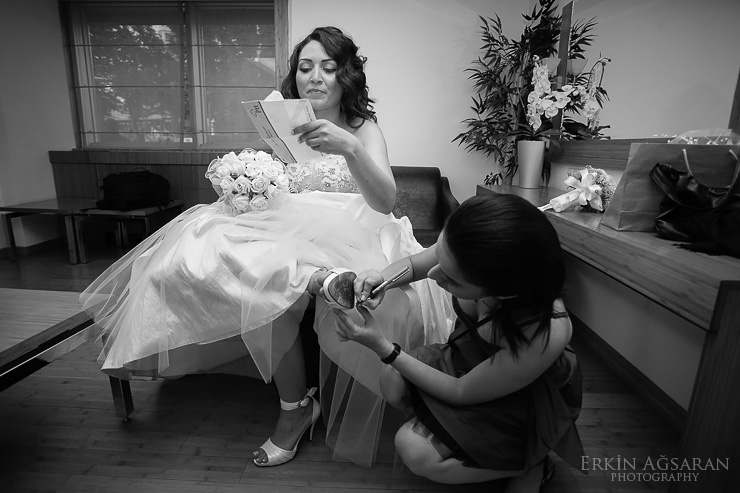
2. The red ribbon belt
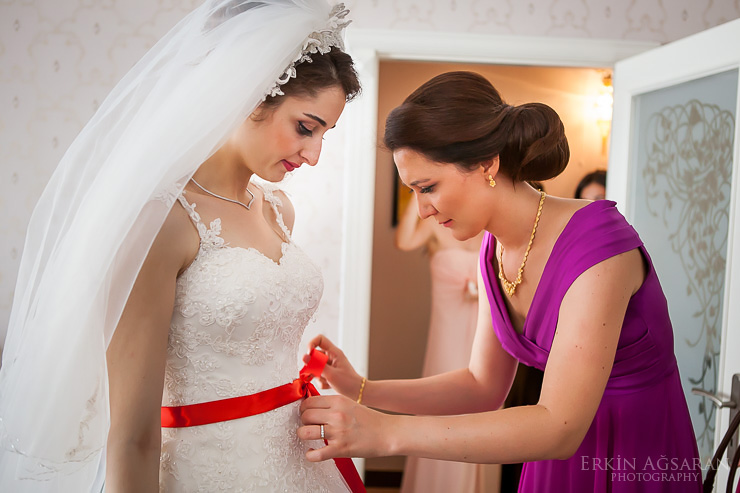
Although rarely performed by the modern couples these days, some parents still like to put a red ribbon around the bride’s waist before she leaves the parents’ home. This Turkish wedding tradition from the ancient times, and probably from the Shamanic rituals, was used in Turkey as a sign of virginity, which explains why many modern brides refuse to perform this one. Plus, tying a red ribbon on your white dress makes you look like a gift box for your husband to open 🙂
3. The drum and the horn
In the past, weddings in Turkish villages were celebrated by someone playing a drum, and at least one other person accompanying by playing horns. This tradition is still popular in big cities, mostly on request from the parents of the couple, as a way to announce their daughter’s wedding to the neighbours. This loud music sure gets everyone’s attention, and many people rush to their windows or balconies to see who is getting married, and some join the to the crowd dancing to the beat.
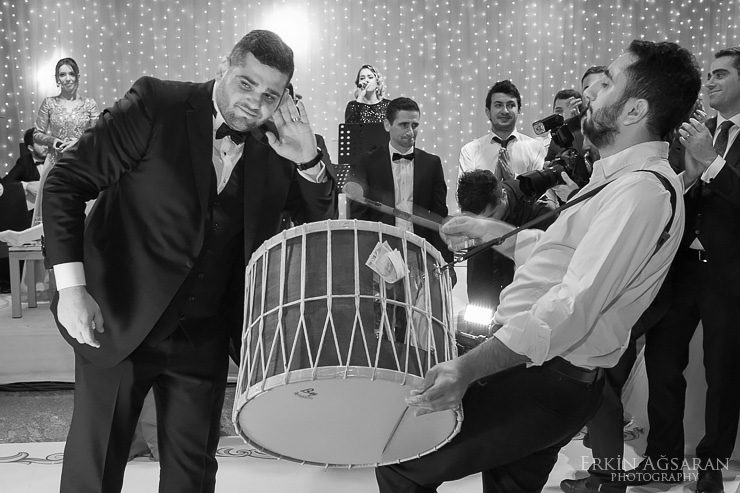
The traditional drum and horn may also be played during the reception, this time to get more people on the dance floor. In both cases, the musicians usually approach the groom (and other male participants in the crowd), and play the drum into their ears. You may expect to see those men, sticking cash between the ropes of the drum, as a way to tip the musicians (or perhaps as a bribe to chase the extremely loud music away 🙂 ).
4. The ring exchange
The wedding ring may sound universal to all cultures. In fact, there is a detailed blog post by Azazie that explains the origins of this tradition, as well as some other well-known wedding rituals.
But the wedding rings are exchanged a little differently in Turkey. And the weird thing is, it does not happen on the actual day of the wedding. They are not even called “wedding rings”. They are called “alyans” in Turkey, which is a borrowed word from French “alliance”. Here is the whole deal;
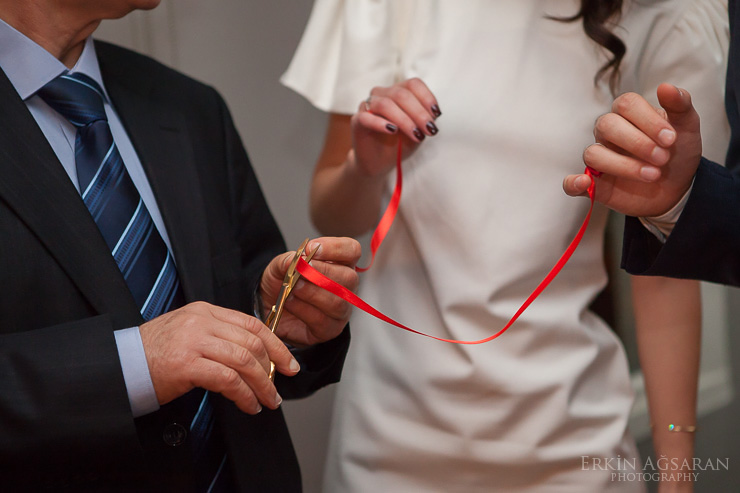
The couples in Turkey usually get engaged with a smaller, unofficial ceremony among family and friends. At this ceremony, the two alyanses, tied to each other (by yet another red ribbon) are put on the fourth finger of the right hands of the couple, by an elder member of the family. Then the same respected person cuts the ribbon, and announces the couple engaged.
So the wedding rings in Turkey is actually a tradition of the engagement ceremony. On the wedding day, and sometime after the official ceremony, usually the couples need to be reminded to take the rings off of their right hands, and put them on the fourth finger of the left hands.
This also explains why some people in Turkey wear their wedding rings on the right hand; it is because they are engaged, but not married yet.
These are just some of the many Turkish wedding traditions. Some regions within Turkey even have their own amazing rituals. I will try to post some examples of them in the future. So check back to see more 🙂


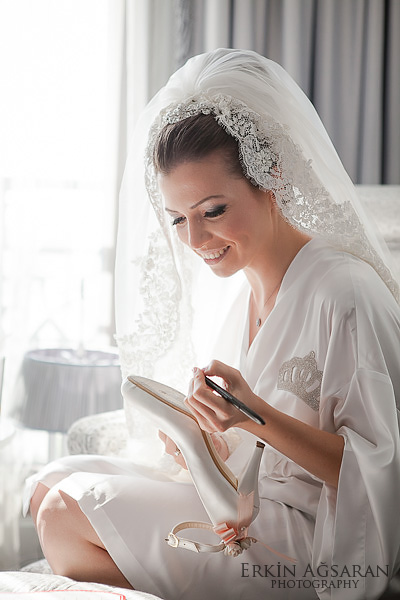


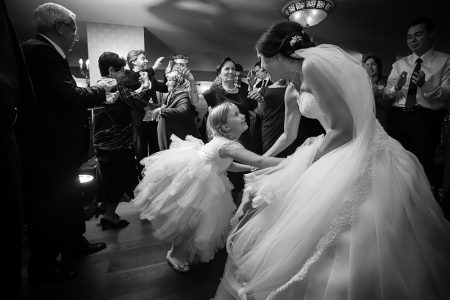

Very interesting information on Turkish engagement and wedding traditions. I am curious. Who is responsible to buy the couples engagement rings? The Bride or the Groo.
Hi Kathy. Traditionally the bride and her family is responsible for the costs of the engagement party, and the groom’s side is responsible for most of the wedding costs. Except, the couples pay for each other’s ring.
I have a question please. When does the Turkish bride wear her white
Wedding dress? Does she wear it to an engagement party and do they take pictures at an engagement party?
Normally Turkish brides wear the white wedding dress on the wedding day only. In the recent years, some brides started wearing it on another day as well for a couple photosoot.
Turkish engagement party is usually a semi-formal get together of the extended family, and very few couples in Turkey prefer a photoshoot for that.